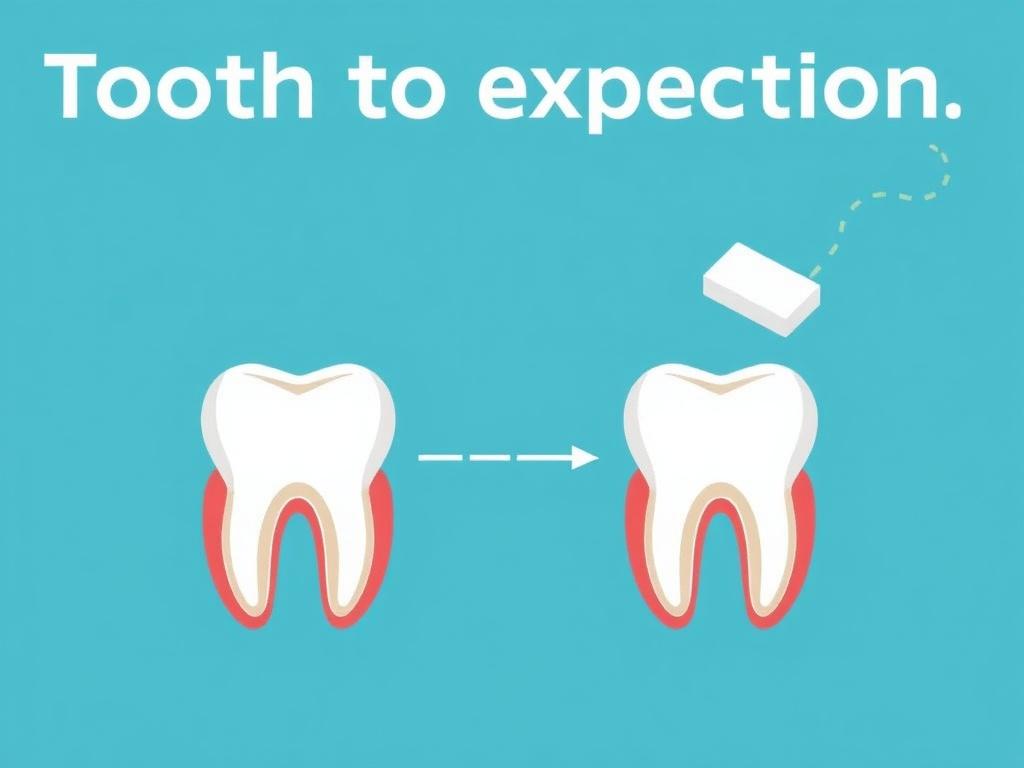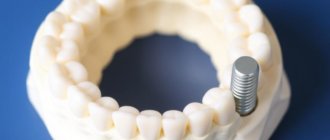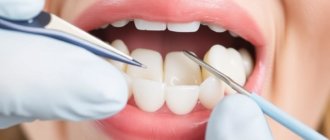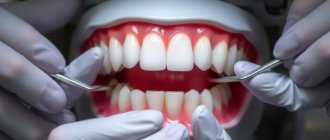Tooth Extraction: What to Expect Before, During, and After the Procedure
Tooth extraction is one of the most common dental procedures, yet it often carries a mix of anxiety and curiosity. Whether you’re facing a simple extraction due to a cavity or a more complex removal like wisdom teeth extraction, understanding what to expect can ease your nerves and help you prepare better. In this comprehensive article, we will walk through every stage—before, during, and after tooth extraction—explaining the process, potential discomfort, aftercare, and how to promote healing efficiently.
Содержание
Understanding Tooth Extraction: Why Is It Needed?
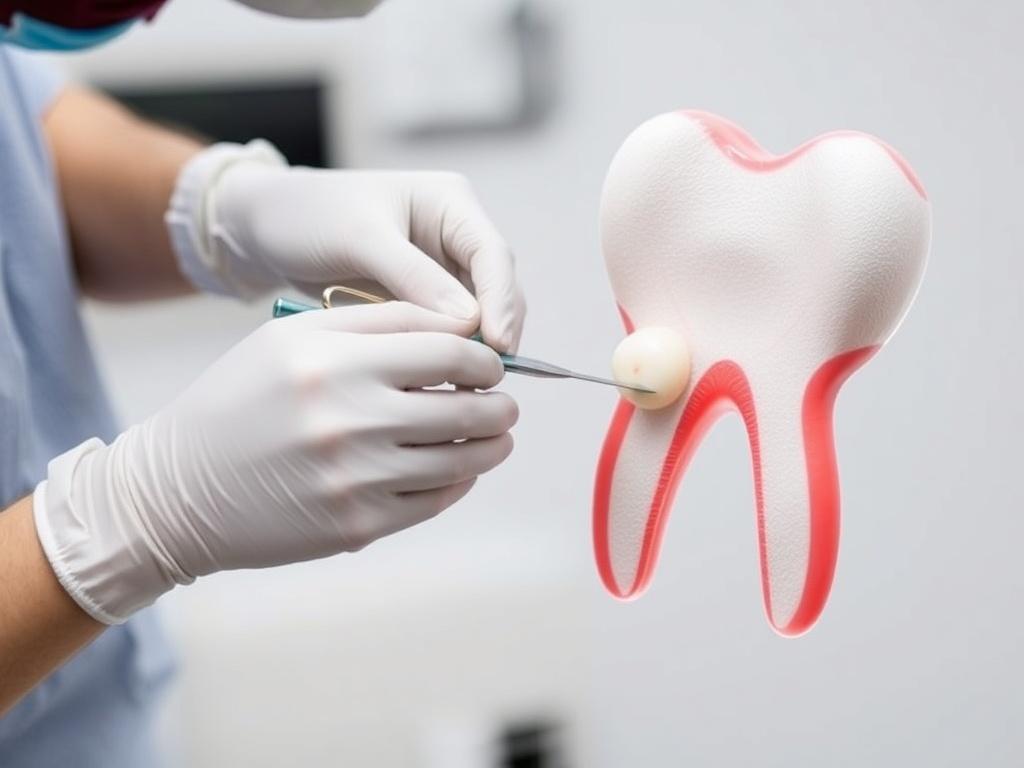
You might wonder what exactly leads to tooth extraction and why your dentist suggests removing a tooth instead of repairing it. Tooth extraction is sometimes the best option to maintain oral health when other treatments are not viable. Common reasons include severe tooth decay, extensive damage from trauma, infections that can’t be treated by root canals, overcrowding in the mouth, or impacted wisdom teeth causing pain and misalignment.
Some extractions are simple and performed quickly while others require surgical removal. No matter the situation, preparing for tooth extraction involves knowing what the procedure entails and how to manage recovery smoothly.
Common Types of Tooth Extractions
- Simple Extraction: This involves removing a tooth that is visible and accessible. It usually requires local anesthesia.
- Surgical Extraction: Used for teeth that are broken below the gum line or impacted (such as wisdom teeth), this procedure is more complex and often requires sedation or general anesthesia.
Signs You Might Need a Tooth Extraction
Sometimes your dentist will recommend an extraction for these reasons:
- Severe tooth decay that threatens adjacent teeth
- Advanced gum disease causing loose teeth
- Overcrowding requiring space for proper alignment
- Impacted wisdom teeth causing pain or infection
- Broken or fractured teeth beyond repair
- Preparation for orthodontic treatment
Recognizing the signs early can help you discuss tooth extraction with your dentist confidently and plan your visit without unnecessary worry.
Before Tooth Extraction: How to Prepare
Preparation plays a crucial role in ensuring your tooth extraction goes smoothly with minimal discomfort. Your dentist will explain the procedure, discuss anesthesia options, and give you specific instructions to follow before the extraction day. Here’s a handy checklist to prepare yourself:
| Preparation Step | Details |
|---|---|
| Medical History Review | Inform your dentist about any medications, allergies, or medical conditions. |
| Fasting (if sedation required) | Your dentist may advise avoiding food or drinks for several hours before surgery. |
| Arrange Transportation | If sedation or general anesthesia is used, plan for someone to drive you home. |
| Ask Questions | Clarify doubts about the procedure, pain management, and aftercare. |
| Mouth Hygiene | Brush and floss teeth gently before the appointment to reduce bacteria. |
Preparing physically and mentally will help decrease anxiety and increase trust in the procedure and your dentist.
Discussing Anesthesia Options
Your dentist will recommend the best anesthesia type based on your situation and comfort level. Local anesthesia is the most common for simple extractions, numbing only the area around the tooth. If you’re undergoing a surgical extraction or feeling particularly anxious, sedation methods such as nitrous oxide (laughing gas), oral sedatives, or general anesthesia may be suggested.
Feel free to express any concerns about anesthesia—understanding how it works will help you stay calm during the procedure.
What Happens During Tooth Extraction?
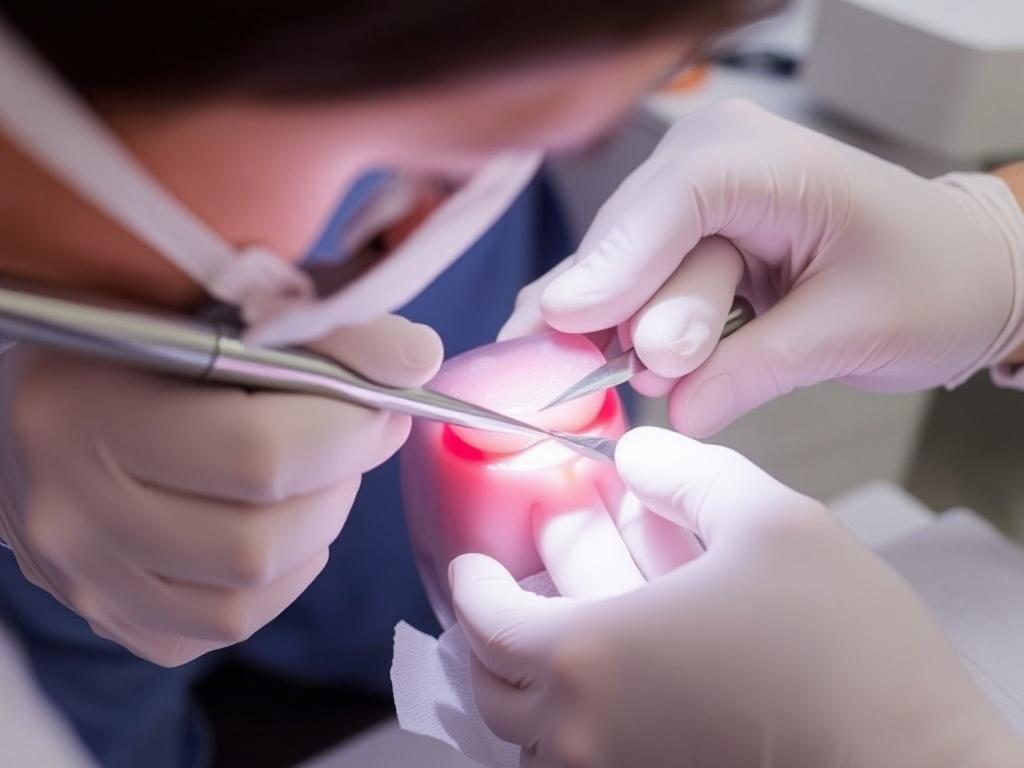
When you arrive for your tooth extraction appointment, the dental team will ensure you are comfortable and well-informed. After confirming your medical history and anesthesia plan, the dentist will begin the process.
Step-by-Step Procedure for Simple Tooth Extraction
The extraction process might sound intimidating, but it is usually quick and straightforward:
- Administration of Local Anesthesia: Your dentist will numb the targeted area using an injection, ensuring you won’t feel pain during the extraction.
- Loosening the Tooth: Using a dental elevator, the dentist gently loosens the tooth from the surrounding ligaments and bone.
- Removal: Forceps are then used to grasp and remove the tooth carefully.
- Post-extraction Care: The dentist may clean the socket and place gauze to control bleeding and start clot formation.
Surgical extractions involve additional steps like making small incisions and sometimes removing bone or cutting the tooth into sections for easier removal.
How Long Does the Procedure Take?
A simple extraction often takes about 20 to 40 minutes. Surgical extractions, especially impacted wisdom teeth, may extend up to an hour or more. Your dentist will provide an estimate based on your unique case.
After Tooth Extraction: Managing Pain and Promoting Healing
Once the tooth is removed, the healing process begins immediately. To minimize pain, prevent infection, and promote fast recovery, following aftercare instructions is vital.
What to Expect Immediately After Extraction
It’s normal to experience some discomfort, swelling, and minor bleeding during the first 24-48 hours. Your dentist will provide gauze to bite down on, helping form a blood clot in the socket which is essential for proper healing.
Avoid rinsing vigorously or spitting excessively during the first day to protect the clot. This prevents a painful complication called dry socket, which occurs when the clot dislodges and exposes the bone.
Pain Management and Medication
Mild to moderate pain is expected. Over-the-counter pain relievers like ibuprofen or acetaminophen often suffice. Your dentist might prescribe stronger painkillers if needed. Follow their instructions carefully.
Applying ice packs to the outside of your face can help reduce swelling:
- Use ice packs for 10-20 minutes at a time
- Allow the skin to warm between applications
- Continue for the first 24-48 hours as needed
Diet and Lifestyle Tips
Your eating habits post-extraction can greatly influence recovery. Here are some tips to keep in mind:
| Before and After | Recommended | To Avoid |
|---|---|---|
| Day of Extraction | Soft foods like yogurt, smoothies, mashed potatoes | Hot, spicy, crunchy, or chewy foods |
| Next Few Days | Soft, nutritious foods gradually adding variety | Using straws, smoking, or alcohol |
| Oral Hygiene | Gentle brushing, rinsing with salt water after 24 hours | Aggressive brushing near extraction site |
Signs to Watch for Complications
Though complications are rare, knowing when to call your dentist is critical:
- Severe or prolonged bleeding beyond 24 hours
- Intense pain not controlled by medication
- Fever, chills, or swelling worsening after 2-3 days
- Unpleasant taste or pus discharge indicating infection
- Numbness or tingling beyond expected anesthesia duration
Prompt attention can prevent minor issues from becoming serious problems.
Long-Term Care and Healing Timeline
After the initial healing, complete recovery varies by patient and tooth position. Usually, the gum closes over the socket within one to two weeks. Bone remodeling can continue for months.
Follow-Up Appointments
Your dentist will likely schedule a follow-up to check healing and remove any stitches if used. This visit is a good time to discuss restoration options if you’ve lost a tooth, such as dental implants, bridges, or dentures.
How to Prevent the Need for Future Extractions
Maintaining excellent oral hygiene and regular dental visits can lower your risk of needing extractions:
- Brush twice daily with fluoride toothpaste
- Floss daily to remove plaque between teeth
- Limit sugary foods and drinks
- Wear protective gear during sports
- Visit your dentist every six months for exams and cleanings
Frequently Asked Questions About Tooth Extraction
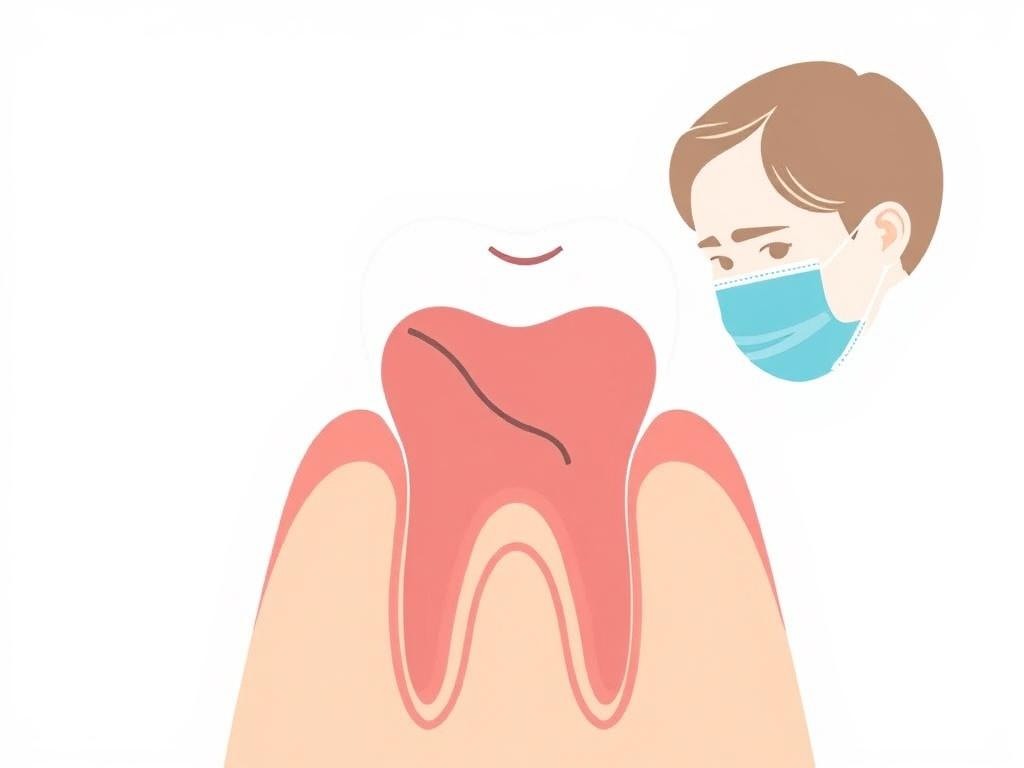
| Question | Answer |
|---|---|
| Is tooth extraction painful? | The procedure itself is usually painless due to anesthesia. There may be some discomfort after, but it’s manageable with medication. |
| Can I eat normally after extraction? | You should stick to soft foods initially and avoid anything that irritates the site until it heals fully. |
| How long does bleeding last after extraction? | Bleeding usually stops within a few hours, but slight oozing may continue for up to 24 hours. |
| When can I resume normal activities? | Most people feel comfortable resuming daily activities within a day or two unless instructed otherwise. |
| What happens if I don’t get an extraction when needed? | Ignoring problematic teeth can lead to infections, pain, and damage to surrounding teeth. |
tooth extraction doesn’t have to be a frightening experience. By understanding what to expect before, during, and after the procedure, you can approach it with greater confidence and less anxiety. Proper preparation, pain management, and post-extraction care are keys to a smooth recovery. Keep in close contact with your dentist, follow all instructions, and give yourself time to heal. Remember, removing a damaged or problematic tooth can actually improve your overall oral health and prevent more severe issues down the road. Whether you face a simple or surgical tooth extraction, knowing the process allows you to play an active role in your dental care and maintain a healthy, confident smile.

